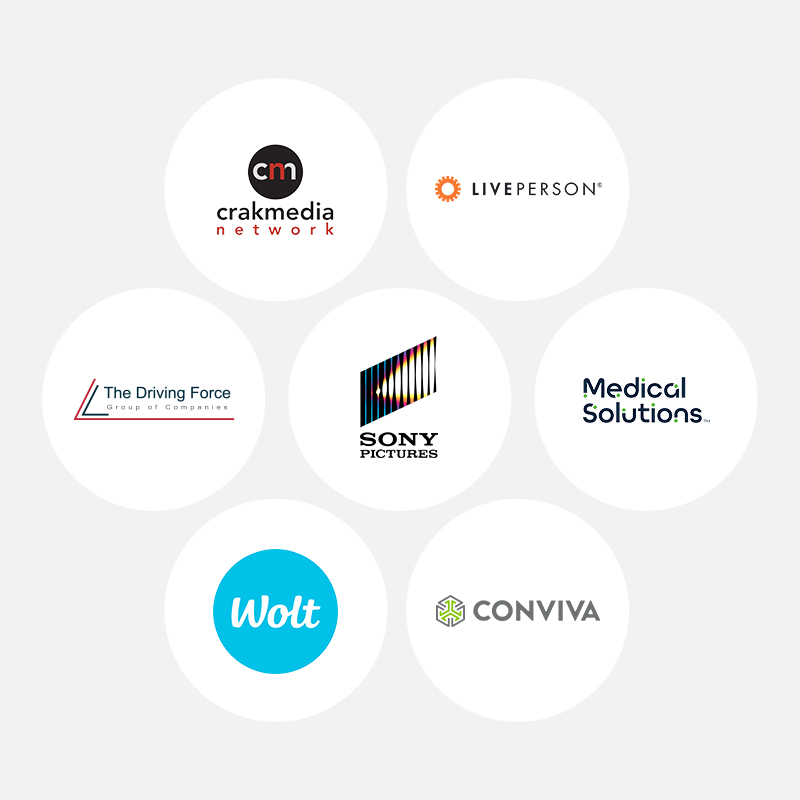When introducing the concept of OKRs to an organization, I like to start with this quote from John Doerr:
“Leaders must get across the why as well as the what. Their people need more than milestones for motivation. They are thirsting for meaning, to understand how their goals relate to the mission.”
While there is no perfect summary of the OKR methodology, this gets pretty close. The object of OKR’s isn’t to write a list of work that needs to get done (I bet you already did that before). It’s to develop a set of behaviors that will help your organization develop an intrinsically motivated culture.
It’s for this reason that you’ve probably heard that OKRs should be completely decoupled from compensation. Traditional performance management processes have encouraged individuals to set goals at the beginning of the year, and the achievement towards those goals translates directly to bonus payouts. This is extrinsic motivation and can result in people setting targets that they know they will easily hit (sandbagging) that serve their own interests but not those of the greater organization. Additionally, while this process is shown to help drive desired outcomes in some scenarios, it is also common to see unintended consequences that can be terribly damaging. If we use the example of quota-driven roles, you can bet that incentivizing quota targets will drive your team to invent unique ways to close new business or hit those numbers. The recent Wells Fargo account fraud scandal is an example of what John Doerr describes as leaders that have “chosen the wrong objectives to drive for, and that’s leading to completely unacceptable outcomes.”
Motivating for Results
One way OKRs combat these unintended consequences is by forcing you to measure a combination of both the quantity and quality of key results. If your Objective is to close new business, you could have a Key Result that focuses on the quantity of revenue, but it could be paired with a Key Result that tracks the quality of revenue (the verticals you are hoping to target, the organization size that usually correlates to successful long-term partnerships, etc.). What’s interesting about pairing these different types of Key Results is that you often don’t know the total impact of their pairing when you write the Objective.
This is actually OK! Like a science experiment, we are controlling certain variables as we test a hypothesis, but we don’t know exactly how they will work together. This level of uncertainty gives individuals the autonomy to create wildly ambitious objectives that keep them engaged, and autonomy is a huge element of intrinsic motivation.
How do OKRs Fit Within Performance Management?
It is because of our desire to inspire ambitious objectives that we say that OKRs should be decoupled from compensation. But to be clear, you don’t have to ignore OKRs as part of performance evaluation. By all means, review the behavior and effort surrounding one’s OKRs to make a decision about their overall performance. Just don’t make it a formula where percentage complete equals percentage earned. You may have an OKR that was only achieved at 20 percent, but what you learned from that OKR could have unlocked an invaluable insight or created an unforeseen impact on the business. Through a performance evaluation that considers an employee’s commitment to organizational values, you can discuss the subjective results of OKRs but not obsess over the completion percentage.
For more insights, get your free copy of Betterworks’ brand-new Ultimate Guide to Utilizing OKRs within Continuous Performance Management® to learn more about creating the process of a goal that truly drives results for your business.
More Resources: Effective Onboarding, Retain Your Top Talent, Create a Feedback Culture







